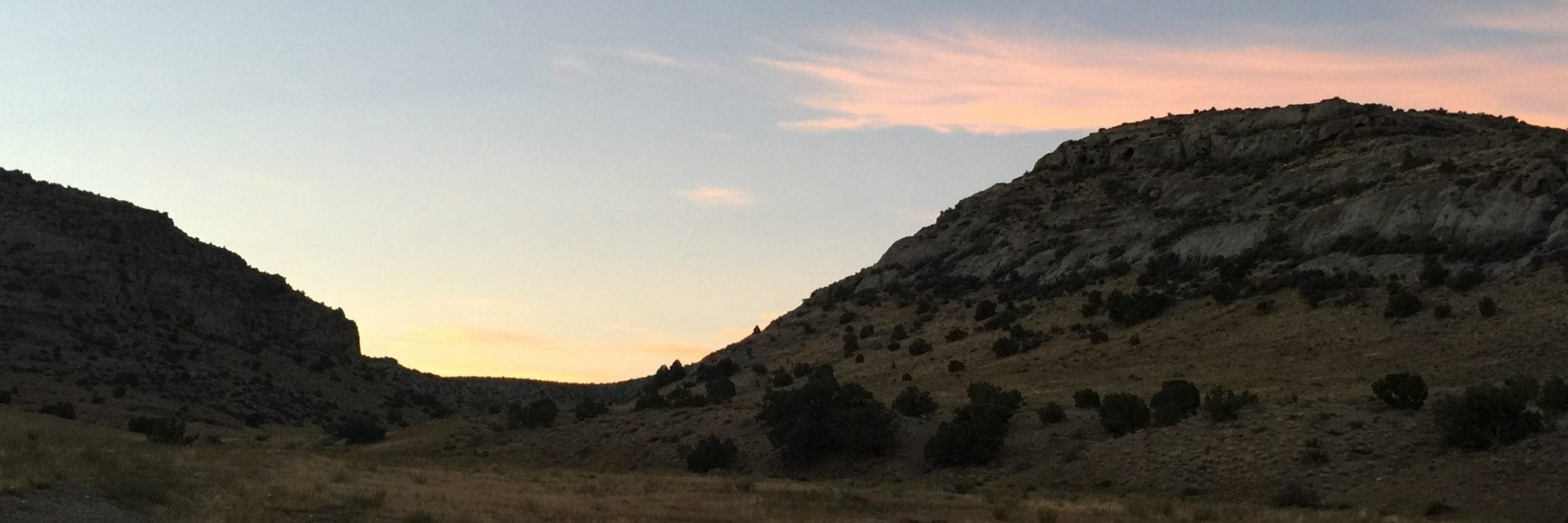Great Basin National Park, Utah
This was our viewing spot for the Perseid meteor shower. It was nearly a perfect location. Nice and dark with no light pollution, which is what stargazers call the artificial lights that make it hard to view astronomical events.
We started 10th grade on August 12th, 2015 by getting on the road. It might seem arbitrary to choose a date since we homeschool, but why not? 🙂 When we travel, we include history and science as a part of the journey. Over the next month I will be posting regular science and history information from our trip. Starting with a meteor shower!
There is no more visceral evidence that we are on a ball hurtling through space than a meteor shower. You may occasionally read that the shower is caused by meteors falling to Earth. But what is actually happening is that Earth is traveling through dust left from a comet that passed across the solar system and intersected the Earth’s orbit. Comets are like the Peanut’s character Pigpen, traveling along leaving dust and debris in their wake. Meteor showers happen at the same time every year, because Earth orbits the sun annually along the same path crossing the trail of comet dust in the same place each year.
Earth collides with the debris at speeds up to 72 km per second. The friction between Earth’s atmosphere and the debris causes a burst of light as the debris disintegrates. The best time to view meteor showers is at night. When the sun is shining, its light is so much brighter than the bursts of light from meteors that you cannot see them.
Meteor showers are named for the constellation where they seem to originate. The Perseid meteor shower originates in the constellation Perseus. The Perseid meteor shower occurs from August 11 through August 13.
Can you answer these questions?
1) If Earth is traveling at an average speed of 2,574,720 km per day, how wide is the debris cloud that gives rise to the shower?
2) What is the circumference of Earth at its equator where it is largest?
3) How much larger or smaller is the width of the dust cloud than the circumference of Earth?
*See answers below
 Blair Lee M.S. is the the founder of Secular, Eclectic, Academic Homeschoolers. When she’s not busy doing these things, she’s busy writing or working on service projects. She is the author of the critically acclaimed Real Science Odyssey Biology 2 and Chemistry 1, http://www.pandiapress.com/publications/real-science-odyssey/. She is currently working on Astronomy and Earth Science 2 for the series.
Blair Lee M.S. is the the founder of Secular, Eclectic, Academic Homeschoolers. When she’s not busy doing these things, she’s busy writing or working on service projects. She is the author of the critically acclaimed Real Science Odyssey Biology 2 and Chemistry 1, http://www.pandiapress.com/publications/real-science-odyssey/. She is currently working on Astronomy and Earth Science 2 for the series.
(Answers: 1) 7,724,160 km, 2) 40,075 km, 3) 7,684,085 km)
Read about the Charlotte Mason method of homeschooling here.


